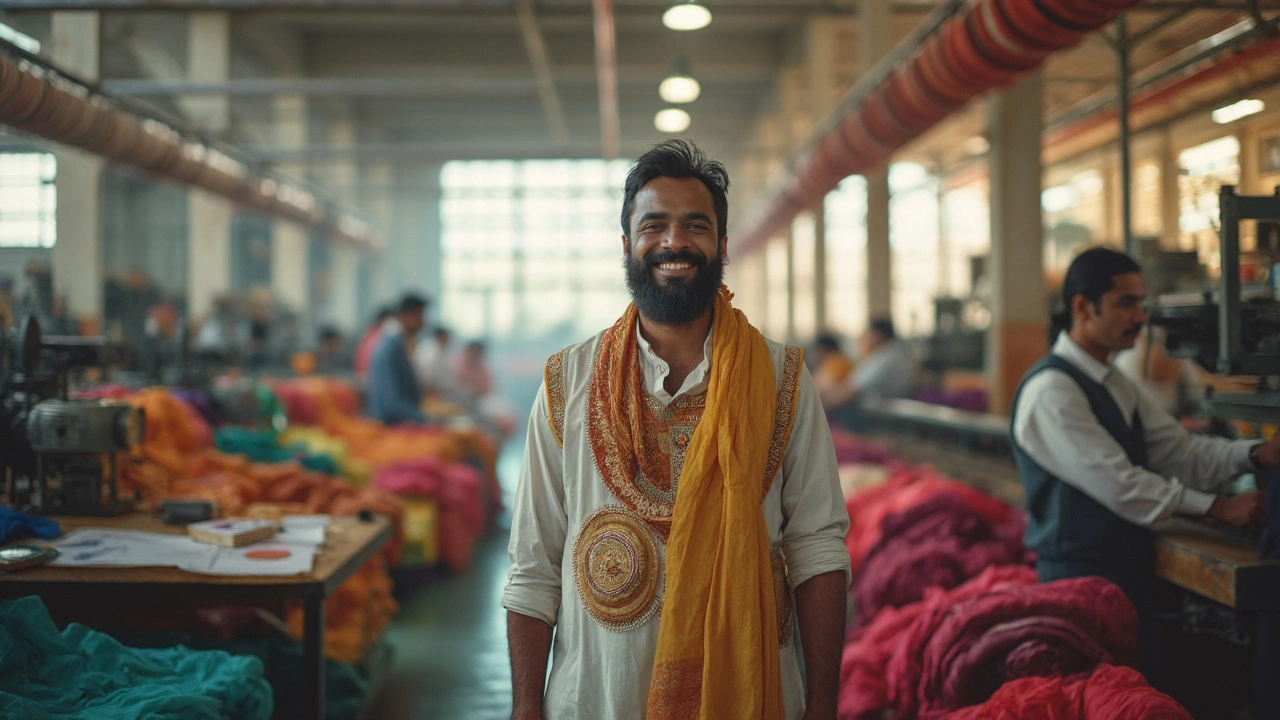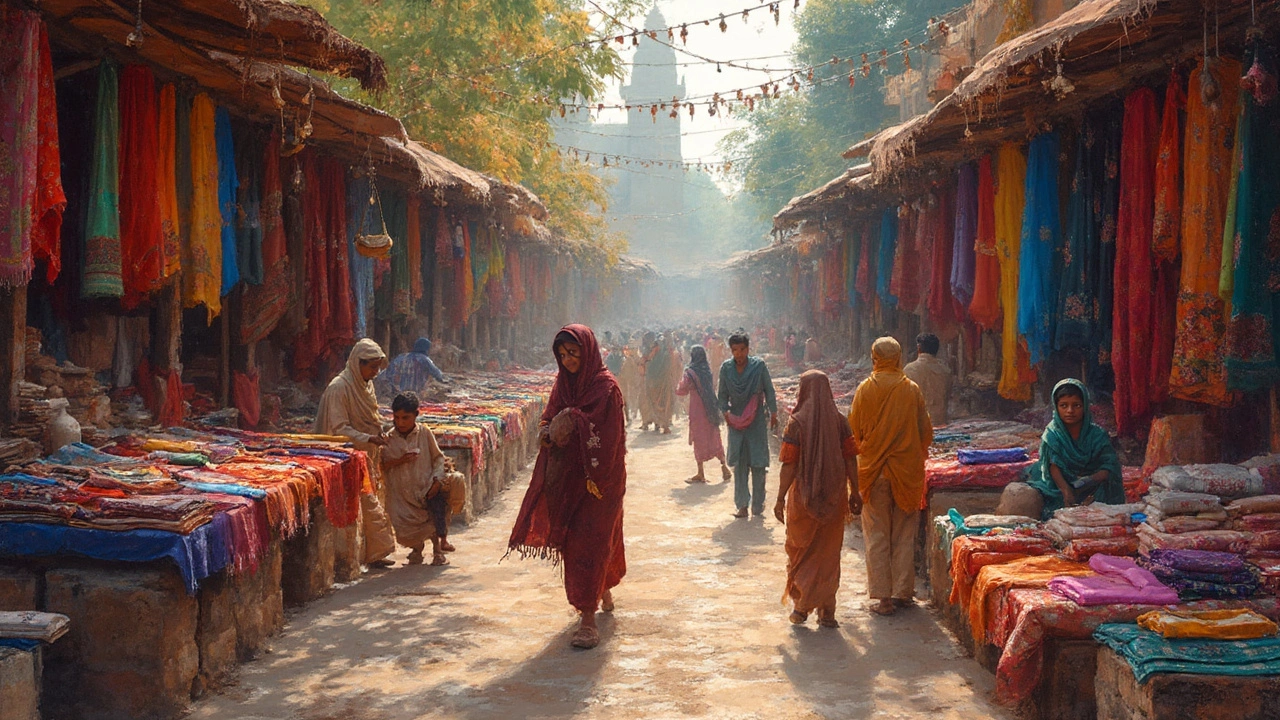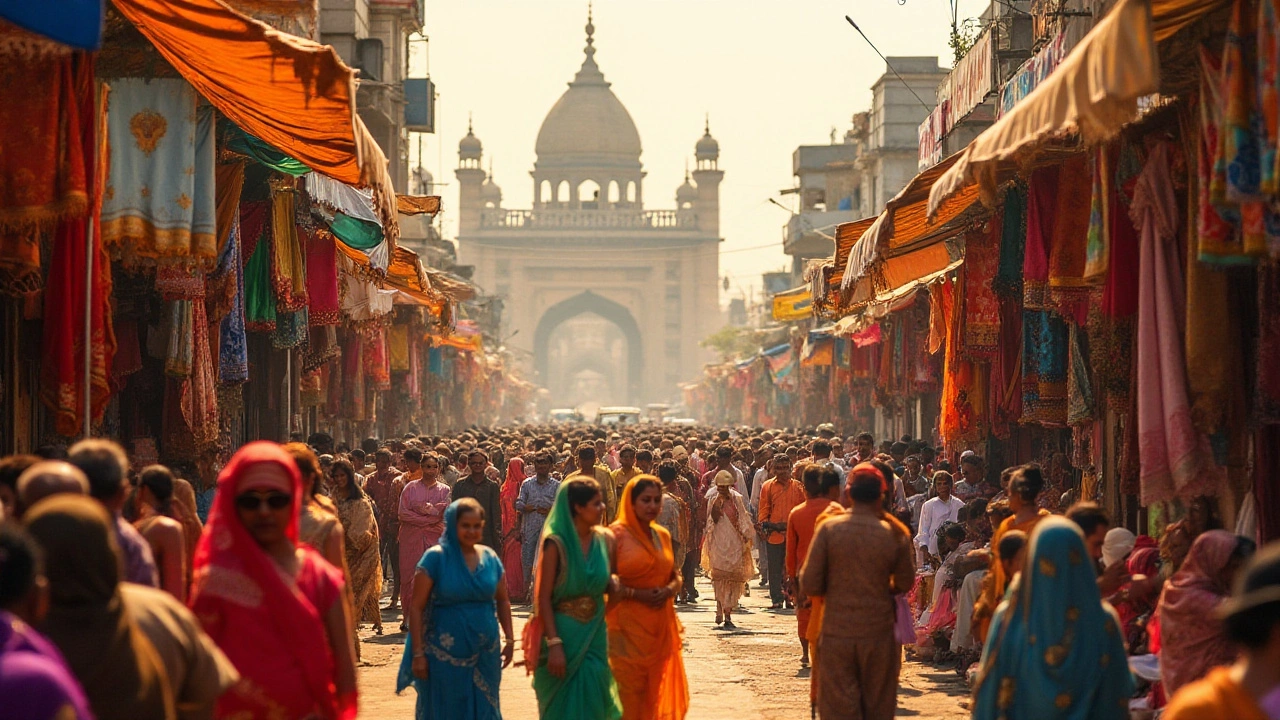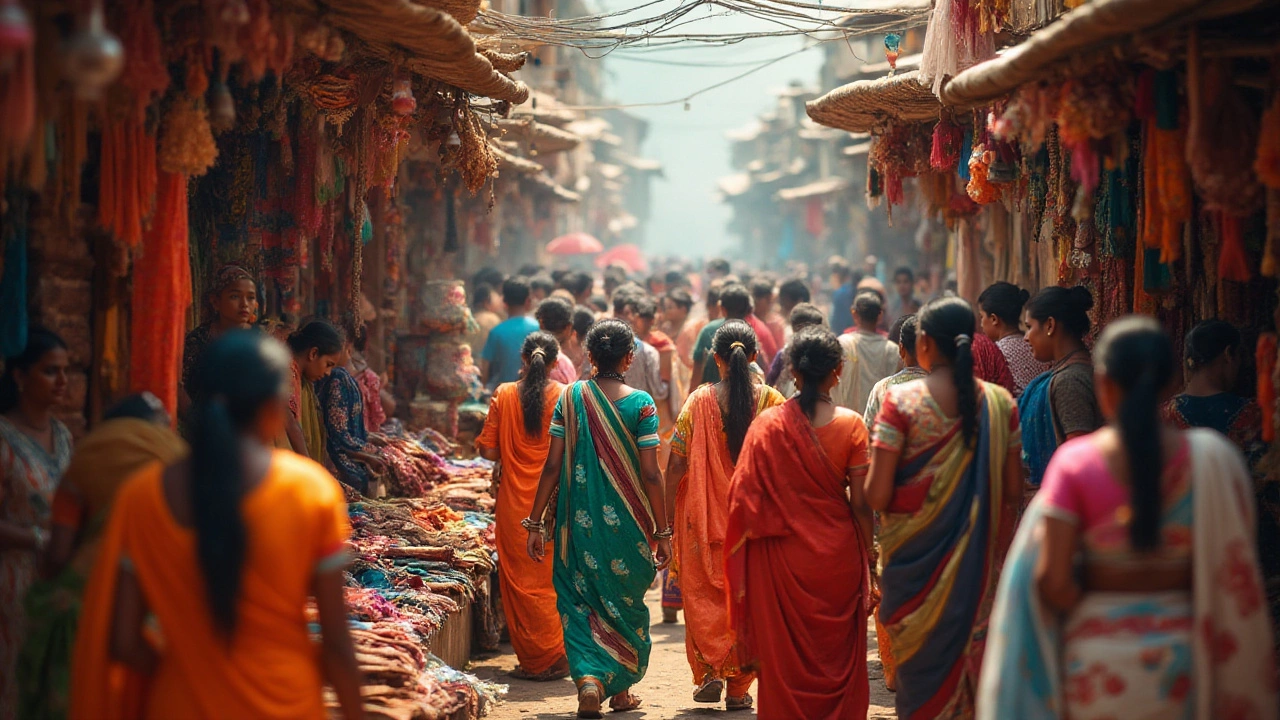Textile Manufacturers in India: What You Need to Know
Thinking about getting into the textile business? India offers a huge pool of manufacturers, cheap labor, and a strong supply chain. Below you’ll find the basics – from setting up a factory to finding the right fabric supplier – so you can move forward with confidence.
How Much Does Starting a Textile Factory Cost?
The first question most newcomers ask is the price tag. A small to medium‑size plant can cost anywhere from INR 2 crore to INR 10 crore, depending on location, size, and the type of machinery you need. Land in industrial zones like Gujarat or Tamil Nadu is cheaper than in Mumbai, but you’ll pay more for better infrastructure.
Key expense areas include:
- Land and building: 30‑40% of total cost.
- Machinery: looms, dyeing units, and finishing lines can run from INR 50 lakhs to several crores.
- Power and water: textile processes are heavy users, so budget for reliable supply.
- Staff training: skilled operators improve quality and reduce waste.
Don’t forget hidden fees like licences, environmental clearances, and taxes. Getting a local consultant can save you time and money.
Finding Reliable Fabric Suppliers
Once your plant is ready, you need raw material. India’s textile hubs – Surat, Tiruppur, and Coimbatore – host dozens of wholesale fabric suppliers. When you scout them, ask for:
- Sample swatches to check colour fastness and texture.
- Minimum order quantities that match your production scale.
- Delivery timelines – a delay can halt your whole line.
- Compliance documents, especially for export‑grade fabrics.
Many manufacturers also offer pick‑and‑pack services, which can simplify shipping if you’re targeting overseas buyers.
If you’re new to the market, start with a small order and test the supplier’s reliability before committing to larger volumes.
Another tip: join local textile associations. They host regular buyer‑seller meetups and give you access to vetted suppliers.
Overall, the Indian textile sector is growing fast. Demand for sustainable fabrics, such as organic cotton and recycled polyester, is rising. If you can incorporate eco‑friendly processes, you’ll attract premium buyers both at home and abroad.
Remember, success in textile manufacturing isn’t just about big machines. It’s about smart budgeting, reliable partners, and staying ahead of market trends. Use the articles linked on this tag page to dig deeper into cost breakdowns, fabric sourcing guides, and industry news. With the right plan, you can turn a textile idea into a thriving business.

Textile Mill Profitable in India: What You Need to Know
Thinking about starting a textile mill in India? Wondering if this business can actually make money? This article breaks down the real earning potential, key costs, and challenges, along with a look at what’s working for successful mill owners right now. You’ll pick up facts and tips that can help you make smarter decisions before diving in. If you’re serious about textiles, you’ll want to read this.

Textile Industry in India: Current Trends and Insights
The textile industry in India is a vibrant and dynamic sector that plays a crucial role in the nation's economy. It is characterized by its wide range of products, innovative textile technologies, and significant contribution to employment and exports. Recent trends show a shift towards sustainable and eco-friendly practices, making it essential for manufacturers to adapt and capitalize on these changes. The industry's resilience and adaptability continue to drive its growth and global competitiveness.

Discovering the Largest Textile Hub in India
India is home to some of the largest textile markets in the world, each with its own unique character and significant contribution to the industry. Among these, one stands out due to its scale and influence: Surat. Known as the 'Silk City', Surat is renowned for its vibrant textile trade and manufacturing prowess. Aspiring entrepreneurs and established industry players alike flock to this bustling hub, drawn by its reputation for quality, variety, and innovation in textiles.

Most Sought-After Fabrics in India: The Current Trends
India has long been a hub for textile production and export. With its diverse climate and rich cultural history, the nation's demand for various fabrics shifts constantly. As markets evolve, certain textiles gain popularity due to their functionality, aesthetics, and sustainability. Understanding the demand for these fabrics provides insight into consumer preferences and industry trends.



